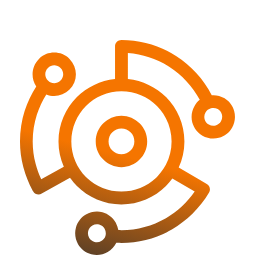In the realm of Urban Planning, drone technology emerges as a transformative force, offering multifaceted solutions to address challenges related to traffic management, public safety, and disaster response. Drones equipped with advanced sensors and imaging capabilities redefine the landscape of urban development and emergency services.
Urban areas often grapple with complex traffic patterns and congestion. Drones, when integrated into urban planning strategies, provide invaluable insights into traffic dynamics, pedestrian flows, and transportation infrastructure. Equipped with real-time monitoring capabilities, these drones facilitate data-driven decision-making, optimizing traffic management systems and enhancing overall urban mobility.
Moreover, in the context of public safety, drones play a pivotal role in public rescue operations. From monitoring crowded events to searching for missing persons, drones equipped with thermal cameras and sensors provide enhanced situational awareness. This aids first responders in swift and targeted interventions, ensuring the safety and well-being of the public.
Disaster management and emergency response benefit significantly from drone technology in urban planning. Drones equipped with high-resolution cameras and thermal imaging are deployed to assess disaster-stricken areas, identify hazards, and support search and rescue efforts. The agility and accessibility of drones allow for rapid deployment in emergencies, providing real-time aerial views that guide decision-makers in coordinating effective response strategies.
In essence, drone technology in urban planning transcends conventional methods, offering unparalleled capabilities in traffic monitoring, public rescue, disaster management, and emergency response. The integration of drones enhances the efficiency and effectiveness of urban planning initiatives, fostering safer and more resilient urban environments.







